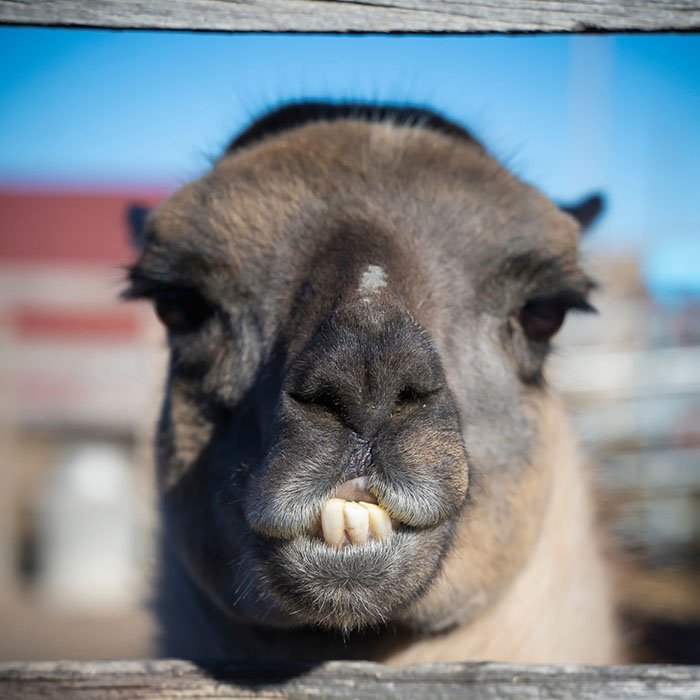OUR UPPER AND lower teeth function best when they fit together in a specific way. This is what makes it possible to chew our food effectively and speak clearly, among other things. If our teeth’s positions stop them from fitting together correctly, we call that a malocclusion or a “bad bite.” Numerous problems can come from uncorrected malocclusions, like jaw issues, speech impediments, uneven erosion of the teeth, and even inefficient digestion.
Causes and Types of Malocclusions
There are a few things that can cause bad bites. Genetics is one, but so are bad oral habits in childhood (including thumbsucking, lip sucking, tongue thrusting, nail biting, teeth clenching, and mouth breathing). They also come in a few different types:
- Excessive overbite: the upper teeth overjet or overlap the lower teeth more than they should.
- Deep bite: the overbite is so severe that the upper front teeth completely overlap the lower front teeth, which might even bite into the gums behind the upper teeth, causing injuries.
- Open bite: the upper front teeth flare out, so that even when the jaws are closed, there’s still a gap between them and the bottom teeth.
- Crossbite: when the jaw is closed, some of the lower teeth are on the outside while some of the upper teeth are on the outside.
- Underbite: the lower teeth jut out in front of the upper teeth when the jaw is closed.


